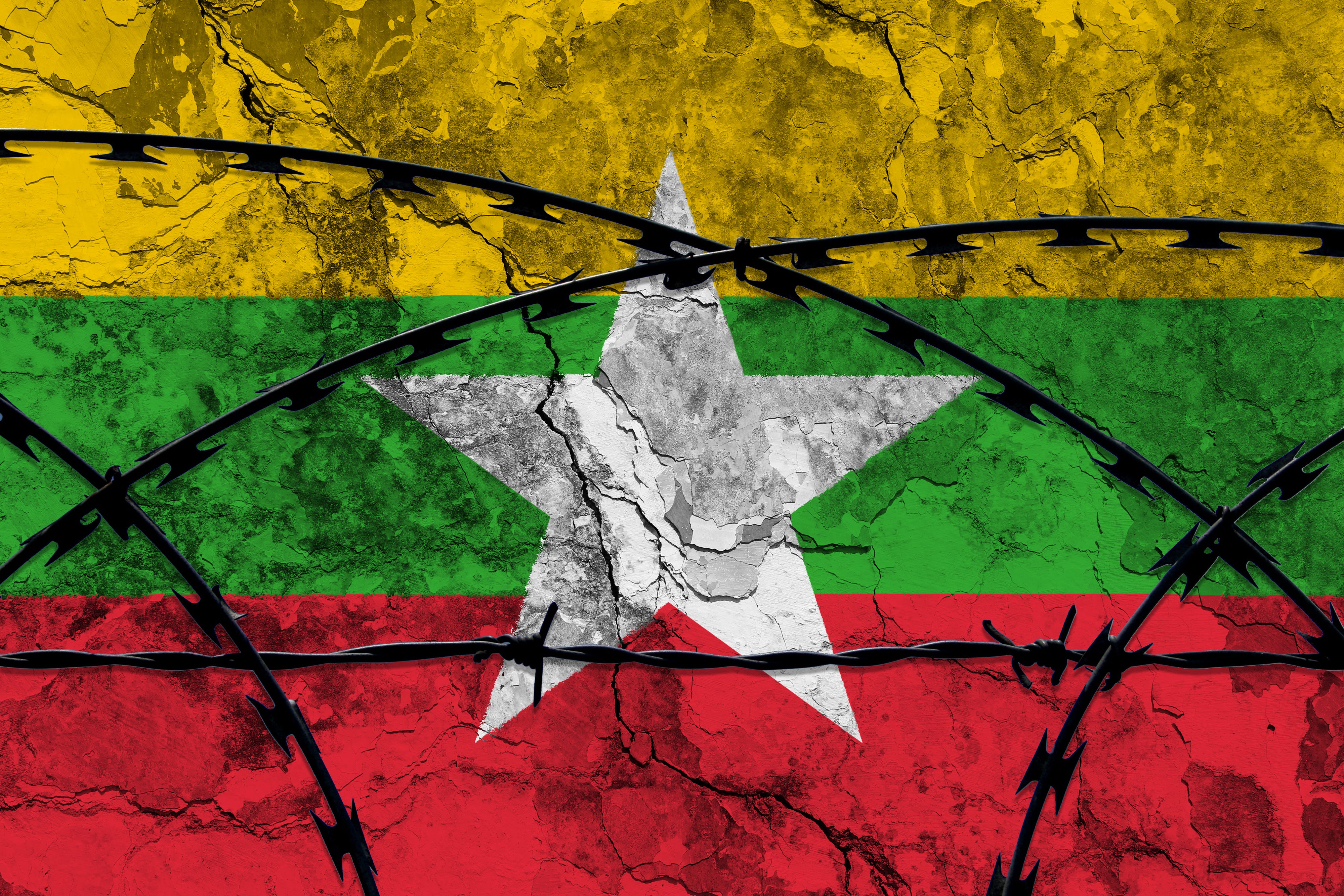
By John P. Ruehl 08 December 2023
Myanmar’s stability has eroded significantly since the 2021 military coup. But the coordinated attack by multiple separatist and pro-democracy groups in October and November 2023 has seen military outposts, villages, border crossings, and other infrastructure overrun. While the Tatmadaw, Myanmar’s military, clings to control in central and coastal regions populated by the country’s ethnic majority, much of the country’s border areas are increasingly slipping into anti-government control.
This current turbulence is not an aberration but deeply rooted in Myanmar’s history. Since gaining independence from British rule in 1948, the country has grappled with what is commonly described as the world’s longest-running civil war. Initial experiments with democracy witnessed limited clashes between Myanmar’s central government and Ethnic Armed Organizations (EAOs.) Following a military coup in 1962 that established the junta, more EAOs emerged to challenge government power.
Infighting and splintering among EAOs, coupled with their growing antagonism toward the Burma Communist Party (BCP), itself waging a war on the central government, allowed the junta to implement fragile ceasefires in exchange for limited autonomy. By the end of the Cold War, democratic protests in 1988, the collapse of the BCP in 1989, and free elections in 1990 all suggested Myanmar was cautiously embracing a peaceful future.
Despite losing the elections in 1990, however, the junta did not relinquish power, drawing international condemnation. EAOs and other groups like the Myanmar National Democratic Alliance Army (MNDAA), which split from the BCP, then continued their struggle for two decades until the junta ceded some powers to a civilian administration in 2011. Elections in 2015 and 2020 saw landslide victories for the National League for Democracy (NLD), as well as some progress toward reconciliation.
But in 2021, the Tatmadaw reestablished the junta and plunged the country back into destabilization, culminating in the 2023 autumn offensive by anti-junta forces. In addition to EOAs and a reorganized BCP, the junta has also been forced to contend with People’s Defense Forces (PDFs), loose armed organizations backed by the National Unity Government (NUG), set up by lawmakers and politicians in the aftermath of the coup. Additionally, the role of the Burman ethnic majority and grassroots civil defense forces in opposing the junta has also complicated its response to unrest.
The junta has proven adept at managing its restive elements before, and can also rely on its Border Guard Forces (BGFs) and other pro-government militia groups. But the broad swathes of Myanmar’s society fighting against it have made the junta’s traditional policy of divide and rule far less effective. Myanmar’s Acting President Myint Swe has said the country could “split into various parts”, prompting Myanmar military officials to retreat to the capital, Naypyidaw, a planned city completed in 2012 that effectively serves as a fortress located near the most restive regions.
China’s role in Myanmar has undergone significant shifts since the latter’s independence. Despite Chinese support for the BCP and other communist groups, Myanmar grew closer to China after its isolation from the West in the 1990s. Beijing supported the junta to stabilize Myanmar and prevent adversaries from establishing a foothold on China’s southern border. Other interests included maintaining access to Myanmar’s raw materials and natural resources, as well as infrastructure development to turn Myanmar into a strategic gateway to the Bay of Bengal through the China-Myanmar Economic Corridor (CMEC), part of China’s Belt and Road Initiative (BRI).
China maintained ties to the junta, democracy advocates, and ethnic groups from 2011 to 2021. However, the 2021 coup disrupted development projects and led to attacks on Chinese-run facilities by rebel groups, and the junta’s inability to protect infrastructure exacerbated historical tension between it and Beijing. Four Chinese civilians were killed in 2015 after a Myanmar military airstrike hit across the border into Yunnan, while the junta burned down a Chinese-owned factory and killed Chinese and Myanmar civilians in 2021.
China’s ongoing support to some militia groups, such as the United Wa State Army (UWSA) and MNDAA, provides Beijing leverage over the junta and a say in the ceasefire processes. Chinese firms also
Source: Globetrotter
